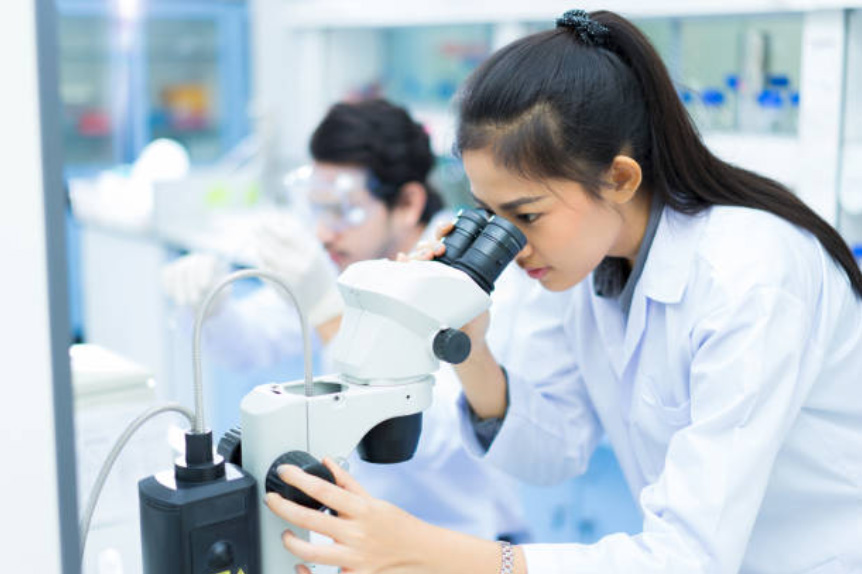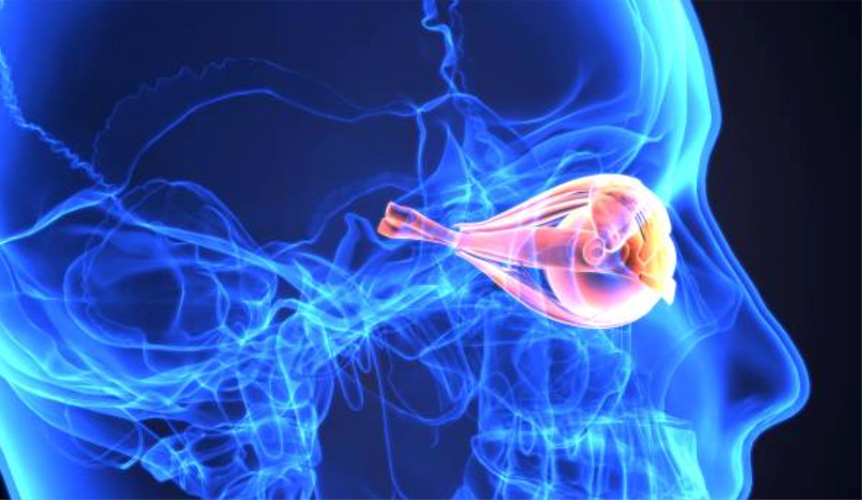Nanoscope Instruments Inc. produces biomedical imaging products for ocular research.
We are based in the Dallas-Fort Worth area and have a global customer base.
Nanoscope Instruments integrate the legacy of forward-thinking product design inspired by Samarendra Mohanty, PhD, an internationally renowned basic and physical science researcher.
Nanoscope attended the American Society for Retina Specialists Meeting in New York City, July 13-16, 2022. Congratulations to the Nanoscope Therapeutics team on winning the Breakthrough Technologies award received at the OIS meeting there (https://lnkd.in/eHJUhDGN). Our next event will be the Gene Therapy for Ophthalmic Disorders Meeting in Boston, MA September 13-16 where we will proctoring workshops and presenting on non-viral gene delivery approaches.
It was a busy Q2 2022 for Nanoscope. We presented our latest research at the NIH Brain Initiative June 21-22, Macula Society Meeting June 8-11, ASGCT meeting May 16-19, and at ARVO May 1-4, 2022.
NEW 2022* We will have remote, in-vivo demonstrations of our instruments at our laboratory offsite. If you would like to schedule a demonstration viewing please use the link below.
Schedule A Demonstration with Nanoscope InstrumentsOur instruments are compact, about the size of a personal computer, and allow for simultaneous workflows and image processing. Some instruments have a handheld OCT/ERG scanner or optional funduscope to enable ‘up-close’ visualization. Our instruments are multi-modal allowing for micro-irradiation, electroretinography (ERG), and/or laser-based gene delivery through OCT guidance. We also have developed a new test to assess vision in those who are currently impaired (LVMPT).
LEARN ABOUT OUR INSTRUMENTS


All of our instruments utilize Windows-based software, USB connections for interoperability and permission-granted access for system monitoring. We include a one-year warranty on our products.
Learn More About the Capabilities of Nanoscope Instruments
Dr. Samarendra Mohanty describes below how Nanoscope is “Ready for the Future” through our union of instruments, biologics, technologies, and diagnostics to improve ocular outcomes in all species.

